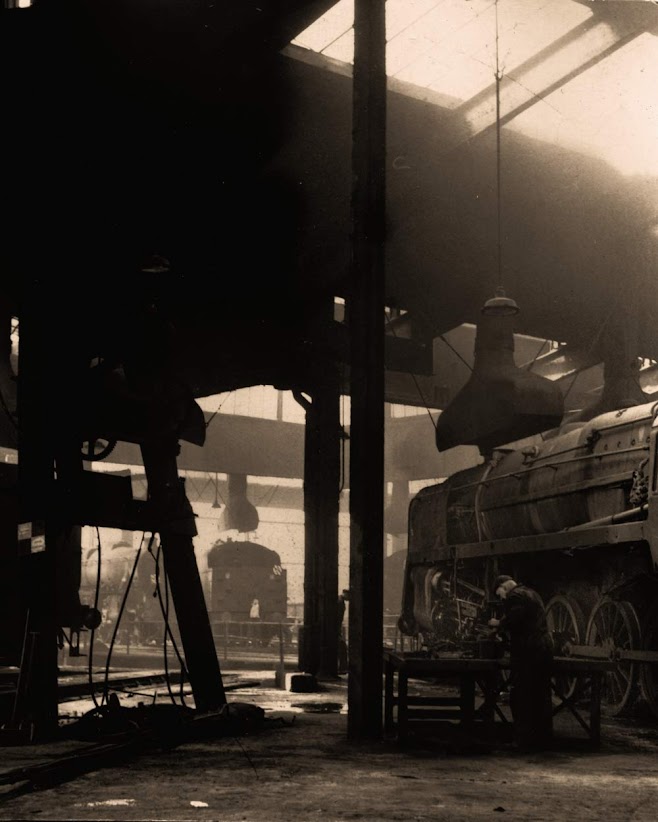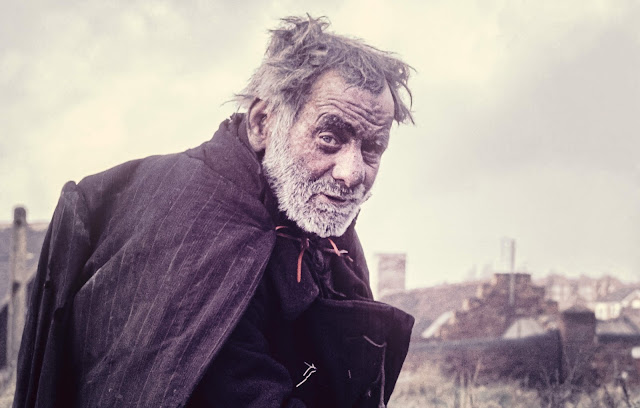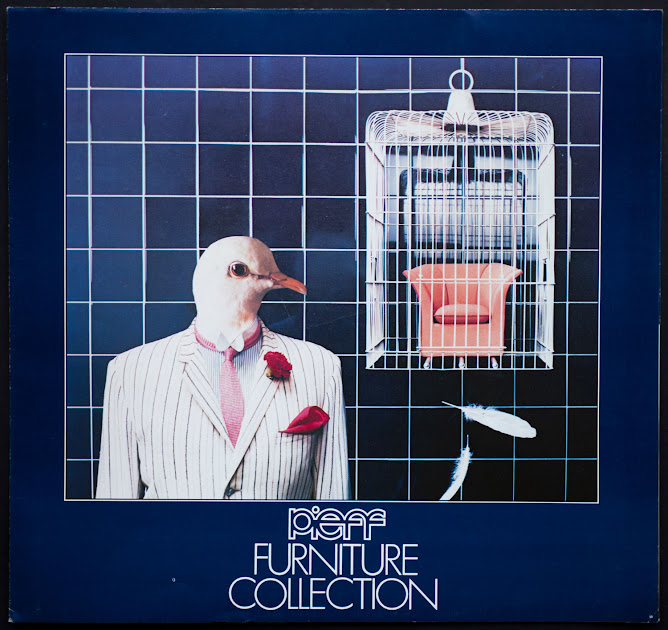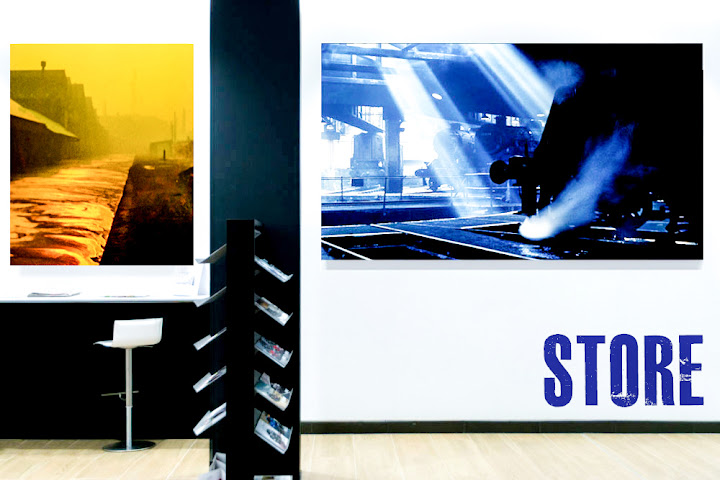History of the Saltley Loco Sheds Birmingham & Black Country Nostalgia
Saltley Locomotive Sheds Birmingham 1960s
 |
| track chat |
A third larger roundhouse with 70 foot turntable was added about 1900. Allocated the shed code 21a by the LMS, The depot, at its peak in the 1950s had over a 1000 staff and 200 Locomotives on its allocation.
 |
| railway worker looking like an extra on peaky blinders |
Diesel locamotives were gradually introduced in the early 1960s and the depot closed to steam locomotives on the 6th of March 1967.
 |
| the end of the line for steam |
Saltley remains today as a signaling and refueling point. The offices and the roundhouses have long been demolished.
pictures featured in the book "As If It Were Yesterday" now available in the store.










Comments
Post a Comment